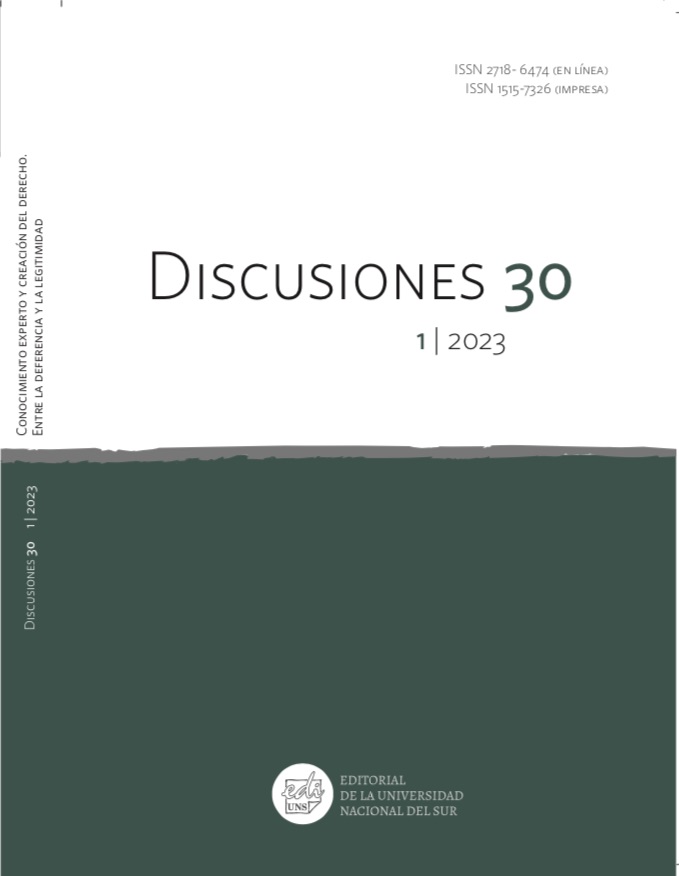Opacity and Deference: A Semantic Problem or an Epistemic One?
DOI:
https://doi.org/10.52292/j.dsc.2023.3952Keywords:
Semantic Deference, Epistemic Deference, OpacityAbstract
In this set of comments, I intend to reflect on the scope of the semantic treatment of the opacity problems identified by Canale. For this, I will firstly reconstruct the phenomenon of opacity in the law and the problem it presents, in neutral terms with respect to semantic and epistemic theories or concepts. Secondly, I will try to show that the semantic concepts and theoretical tools used by the author (particularly that of semantic deference) do not allow us to account for the problems detected. Instead, it is necessary to appeal to epistemic distinctions. However, by doing this, the use of semantic concepts becomes unnecessary, which, I propose, exhibits the epistemic (non-semantic) character of the problem. I will conclude that although the epistemic dimension of the opacity problem should not be overlooked, the semantic notions used play an important role, since they allow to illuminate some mechanisms involved in the generation of the opacity problem.
Downloads
Published
How to Cite
Issue
Section
License
Copyright (c) 2023 Florencia Rimoldi

This work is licensed under a Creative Commons Attribution-NonCommercial 4.0 International License.
Discusiones does not withhold rights of reproduction or copyright. Consequently, authors may share the final versions of publications.


